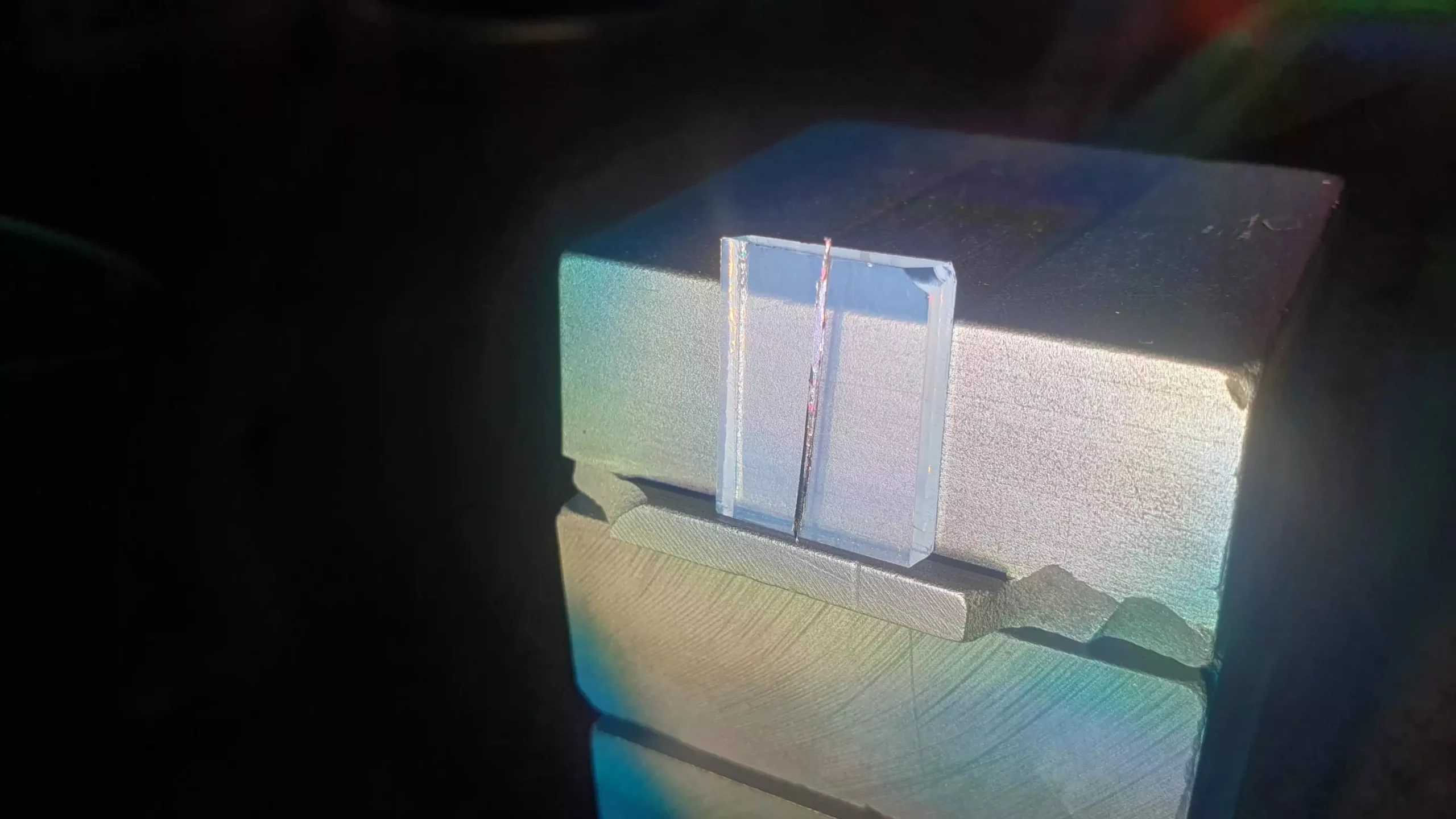The renewable energy sector has experienced significant growth in recent years, driven by the increase in energy prices and the need for more sustainable energy sources. Solar parks have become a common sight, but there is still room for improvement in the efficiency of solar panels. Currently, the best solar cell technologies can only convert a quarter of the sun’s energy into electricity. However, a research group from the Center for Physical Sciences and Technology (FTMC, Lithuania) and Tallinn University of Technology (Estonia) has made an exciting breakthrough in the field of solar cell technologies.
The Potential of Multijunction Solar Cells
The research team set out to synthesize new materials that could complement silicon solar cell technologies and increase the overall efficiency of solar modules. One way to enhance solar cell efficiency is through the development of multijunction solar cells. These devices combine different technologies to convert a higher percentage of solar energy into electricity. On a theoretical level, multijunction solar cells can achieve an efficiency of almost 50%. However, the production of such devices is complex and requires the use of novel materials and processes that are cost-effective and sustainable.
The team’s research focuses on semiconductors with a chemical structure typical of perovskite materials. Perovskite materials have gained attention in recent years due to their potential for use in solar cells. In this study, the researchers explored compounds where X is sulfur/selenium and A and B are abundant and non-toxic metals. Through a solid-state reaction method, the team synthesized a new material called tin zirconium titanium selenide for the first time.
The researchers discovered that the Sn(ZrxTi1-x)Se3 alloy showed the most promise for photovoltaic applications. By introducing titanium with a concentration of up to 44%, the crystalline structure of the alloy remained unchanged. However, the optical and electrical properties of the material were significantly affected. The higher the concentration of titanium, the more the absorption edge of the alloy shifted towards the short-wavelength infrared spectrum region. This is important because conventional crystalline silicon solar cells do not absorb this part of the infrared spectrum, resulting in energy loss. Sn(ZrxTi1-x)Se3 semiconductors with high titanium concentration can absorb short-wavelength infrared light and convert it into additional energy, thereby boosting the overall efficiency of Si-based multijunction devices.
Furthermore, the introduction of titanium in the Sn(ZrxTi1-x)Se3 alloy significantly enhanced the absorption coefficient. Solar cells with a high absorption coefficient are desirable because even a very thin layer of the material, 20 times thinner than a strand of hair, is enough to absorb all the incoming light from the sun. This finding opens up possibilities for the development of novel sustainable materials with a high potential for use in multijunction solar cells in the infrared region.
The Future of the Technology
This groundbreaking research is just the first step towards the development of novel materials for multijunction solar cell applications. The next milestone is the synthesis of a Sn(ZrxTi1-x)Se3 thin film, which will allow for the fabrication and testing of solar devices. The successful realization of this technology has the potential to revolutionize the solar energy industry and pave the way for more efficient and sustainable solar panels.
The research conducted by the Center for Physical Sciences and Technology (FTMC, Lithuania) and Tallinn University of Technology (Estonia) represents a significant breakthrough in the field of solar cell technologies. By exploring new materials and processes, the researchers have made strides towards improving the efficiency of solar panels. This exciting development brings us one step closer to achieving higher conversion rates of solar energy into electricity, ultimately contributing to a more sustainable future.


Leave a Reply